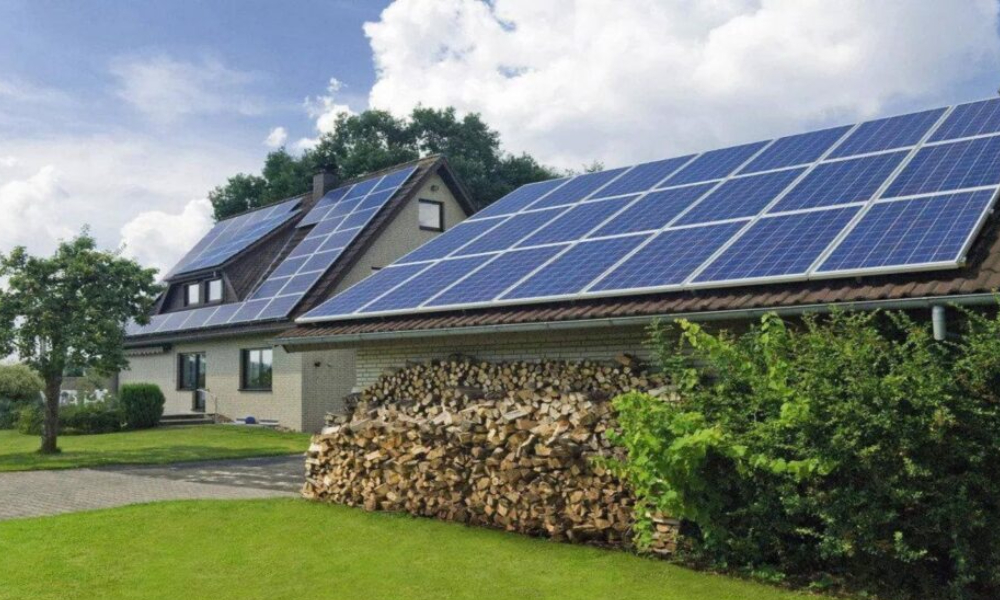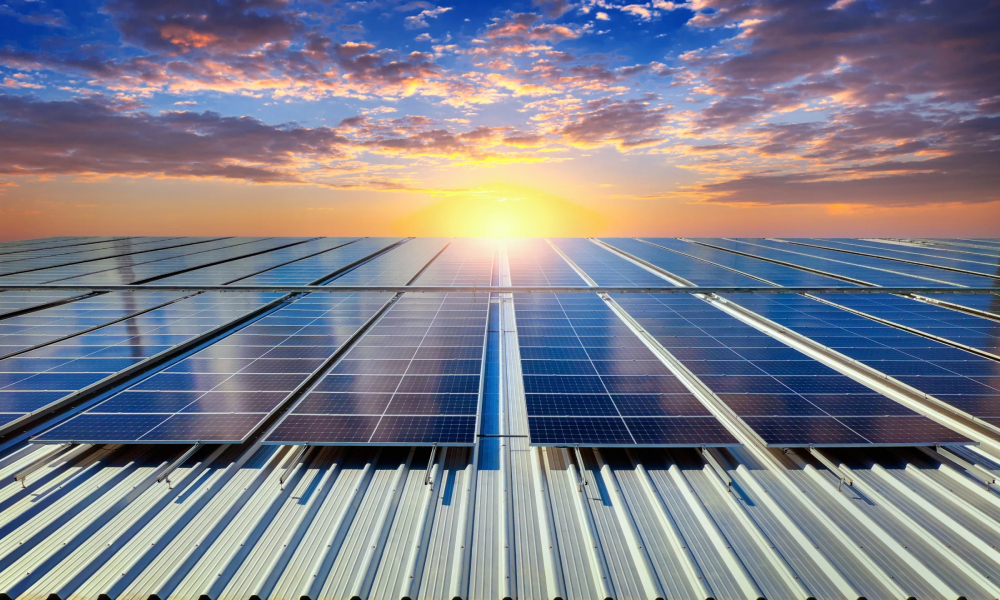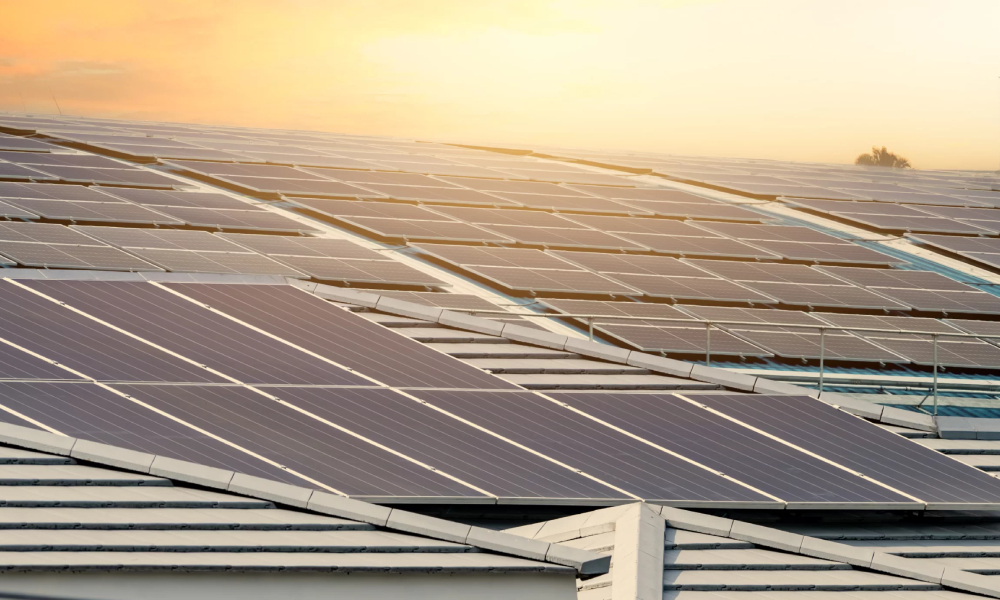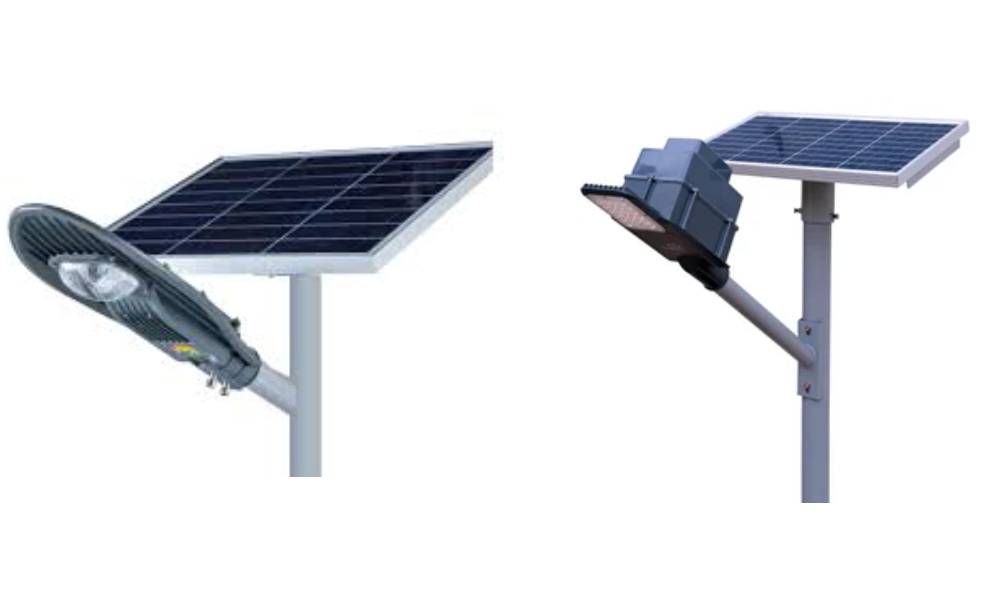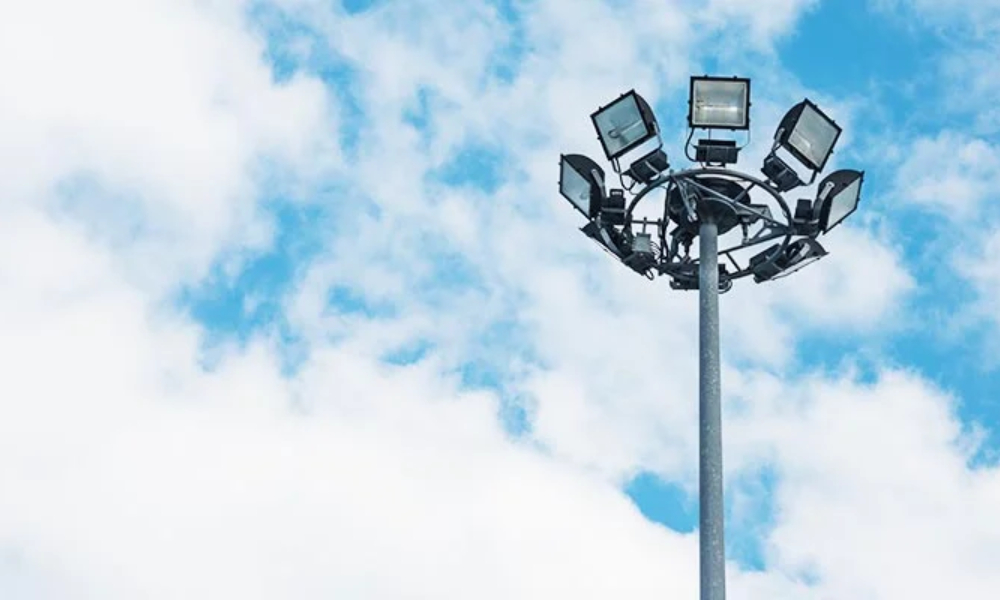Residential On-Grid Solar Plant Installation in Lucknow | Sunwind Energy
Introduction
With rising electricity costs and growing environmental awareness, residents of Lucknow are increasingly exploring on-grid rooftop solar installations. This technology allows homes to generate power during the day and export surplus electricity to the grid via net metering—balancing consumption and reducing bills. Government incentives have made it economical, while favorable policies and local mandates reinforce adoption.
This blog outlines everything you need to know—from policies and installation steps to technology, costs, and why you should consider Sunwind Energy for your project.
1. Policy & Regulatory Landscape for Lucknow
a) Rooftop Solar Mandate
The Lucknow Development Authority (LDA) has made rooftop solar systems mandatory for residential plots that are 1,000 square feet or larger. If you're constructing a new home that meets this requirement, solar installation must be integrated into your design plan.
b) Central & State Subsidies
Central Government Subsidy (PM Surya Ghar Yojana)
Offers subsidies on installations up to 10 kW:
- â¹30,000–â¹60,000 per kW for up to 3 kW
- â¹60,000–â¹78,000 for systems up to 10 kW
- Households receive up to 300 units of free electricity monthly
State Government (Uttar Pradesh) Subsidy
Additional state subsidy of â¹15,000 per kW (maximum â¹30,000) is available for eligible residential homes. Combined, a typical homeowner can get up to â¹1.08 lakh in total subsidies.
2. Technical Overview: On-Grid Solar Systems
a) Key Components
- Solar PV Panels: Monocrystalline or polycrystalline panels with a 25-year lifespan
- Inverter: Converts solar DC power into usable AC power
- Mounting Structures: Installed on rooftops, angled for optimum sun exposure
- Cabling & Protection Devices: Includes junction boxes and breakers
- Net Meter: Measures energy imports from and exports to the grid
- Monitoring System: Optional systems track energy generation in real-time
b) Common System Sizes
- 1–3 kW: Suitable for small households with low energy consumption
- 3–5 kW: Ideal for most middle-class homes in Lucknow (2–3 BHK)
- 5–10 kW: Best for large villas, joint family homes, or small residential apartments
c) How Net Metering Works
With net metering, homeowners can export excess solar power to the grid and get credited on their electricity bill. If solar production exceeds consumption, the balance is carried over to the next billing cycle.
3. Installation Process
a) Site Assessment
Installers will:
- Assess roof space and direction
- Measure electricity consumption
- Identify shading issues
- Propose system capacity (in kW)
b) System Design
A technical team designs the system layout, selects components (panels, inverters, etc.), and finalizes a plan based on your rooftop’s structural capacity.
c) Documentation
Installers handle the paperwork for:
- Government subsidy
- Net metering application
- Electrical safety certifications
d) Installation & Commissioning
Timeline breakdown:
- Design & approvals: 1–2 weeks
- Delivery of equipment: 1 week
- Installation: 3–4 days
- Net metering and final handover: 2–3 weeks
Total time: 4–6 weeks
4. Cost & Payback Period
a) Average Pricing After Subsidy
| System Size | Approx. Total Cost | Subsidy | Net Payable |
|---|---|---|---|
| 3 kW | â¹1.8 – â¹2.2 lakh | â¹1.08 lakh | â¹72,000 – â¹1.12 lakh |
| 5 kW | â¹3 – â¹3.5 lakh | â¹1.08 lakh | â¹1.92 – â¹2.42 lakh |
Note: Actual cost may vary based on panel brand, inverter type, and installation complexity.
b) Payback Period
- Typical ROI: 4–6 years
- After breakeven, electricity generated is virtually free for another 15–20 years
- Monthly savings can range from â¹1,500 to â¹4,000 depending on system size and usage
5. Benefits of On-Grid Solar for Homes
a) Slash Electricity Bills
Solar reduces your electricity bill significantly by offsetting day-time usage.
b) Extra Income
If your monthly generation exceeds your usage, you can earn credits or receive payments from your electricity provider.
c) Eco-Friendly Living
Switching to solar reduces your carbon footprint and supports national clean energy goals.
d) Property Value
Solar-equipped homes are more attractive to buyers and often command better resale prices.
e) Maintenance-Free
On-grid systems require minimal maintenance—just occasional panel cleaning and annual inverter inspection.
6. Why Choose a Professional Installer?
Choosing the right installation partner ensures:
- Compliance with safety norms and electrical codes
- Accurate net metering registration
- Quality panels and components with warranty
- Timely subsidy application and approval
- Post-installation support and annual servicing
In Lucknow, many residents are opting for trusted, experienced installers to ensure peace of mind and a return on investment. Among these, Sunwind Energy is known for its turnkey residential solar solutions—from consultation and documentation to commissioning and support.
5 Frequently Asked Questions (FAQs)
1. Can I install a solar system if I live in a rented home?
Only with the homeowner’s permission. The system is linked to the property, not the occupant.
2. Will my solar panels work during a power cut?
No. On-grid systems shut down during outages for safety. However, you can add a battery or switch to a hybrid system if backup is needed.
3. Do solar panels need cleaning in Lucknow’s climate?
Yes. Dust, bird droppings, and pollution can reduce efficiency. Clean them every 1–2 months with water and a soft brush.
4. How much roof space is needed for a 3 kW system?
About 250–300 square feet, ideally south-facing and free from shade.
5. How do I claim the solar subsidy?
Your installer will apply through the official government portal. The subsidy is typically disbursed directly to your bank account or adjusted in final pricing.
Conclusion
Residential on-grid solar systems are no longer a luxury—they’re a smart, sustainable choice for Lucknow homeowners. Whether you're building a new home or retrofitting an old one, installing a solar system not only reduces your electric bill but also enhances your property’s value and environmental profile.
With generous central and state subsidies, net metering policies, and reliable local installers, there has never been a better time to make the switch to solar. Start by evaluating your energy usage, rooftop availability, and connecting with a professional team.
